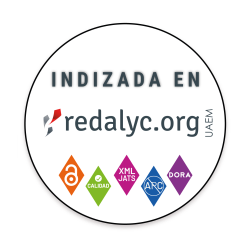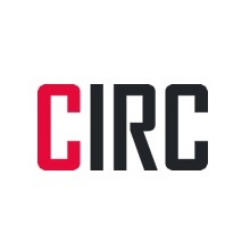Abstract
The theme of expressive integration and its architectural and pictorial
adaptation has been the subject of numerous debates and studies over the
last fifty years. It is therefore vital that we reconsider the words of
Diego Rivera who noted that, “it is important to understand that real mural
painting is necessarily a functional part of a building’s life”.
A valid proposal consists of the building known as the Lerma Waterwheel,
where Ricardo Rivas planned his work by “offering me… what he
conceived would perhaps be the most interesting work I have ever done in my
life…” This is a pictorial work entitled Water in the Evolution
of the Species, 1951, in which the artist employed polystyrene and liquid
rubber, materials he believed would resist the passage of water. It is
complemented by a fountain situated at the front of the building, a
sculpture-painting of Tlaloc based on colored tiles and stones. This
research not only centers on the building and work of Rivera, but also on
architect Ricardo Rivas, who was born in the city of Oaxaca on May 28,
1913, and died in Mexico City on January 20, 1998. Little is really known
of the man who was a professor of the Higher School of Engineering and
Architecture of the National Polytechnic Institute (ipn) from 1953 until
his death. Our attention is drawn more towards his links with Enrique Yáñez
at the Mexican Electricans’ Union between 1936 and 1940, and his
collaboration with a group known as the Union of Socialist Architects that
promoted a variety of noteworthy activities from 1938 to 1938. Similarly,
the study discusses and evaluates the architect’s professional
activities in the areas of design and thought, both of which have given him
a place in the development of xx century Mexican architecture.
Downloads
Download data is not yet available.


















